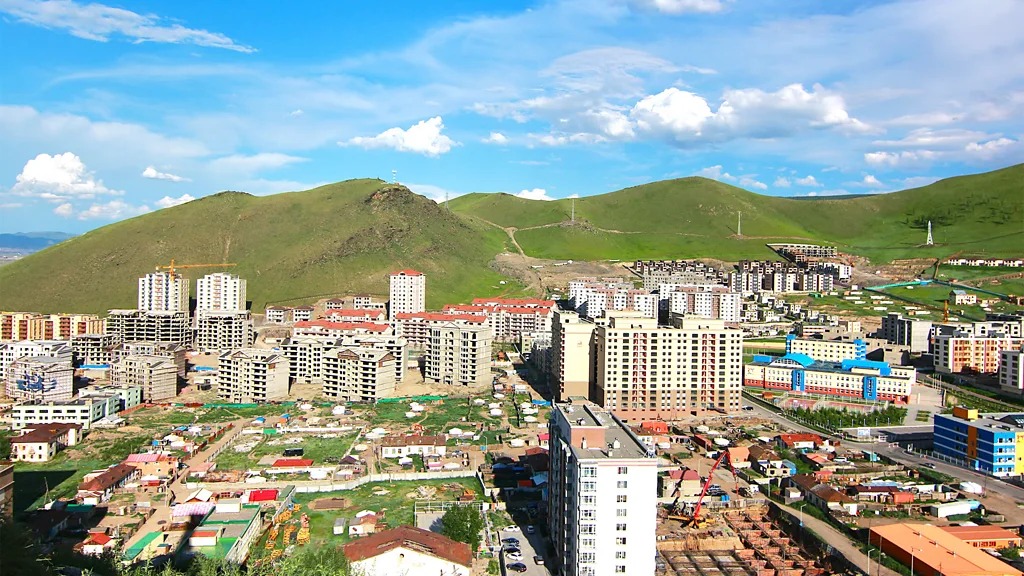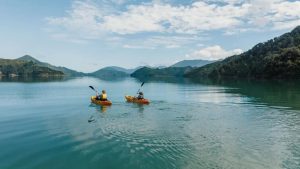
Mongolia’s Transformation: Balancing Tradition and Modern Life
As Mongolia’s transformation tradition modernization progresses, the country’s unique blend of ancient traditions and urban growth attracts curious travelers. Known for its vast steppes, nomadic culture, and the bustling capital of Ulaanbaatar, Mongolia offers an exceptional experience. Recently, Lucy Hedges from BBC’s The Travel Show explored this evolving landscape, from the capital’s vibrancy to the timeless rhythms of the steppe.
Mongolia’s Historical Roots and Cultural Heritage
Mongolia’s identity is deeply rooted in its nomadic traditions. Despite rapid urbanization, nearly 40% of Mongolians continue the nomadic lifestyle, living in gers (yurts) and moving seasonally. The transformation of Mongolia’s tradition through modernization has impacted these communities, with changing weather patterns challenging their way of life. As herder Manlai shared, “We had never seen so much snow. It was hard for livestock to survive.” Yet, for many, carrying on ancestral practices remains essential to their identity.
For a deeper look into Mongolia’s cultural shift, visit BBC’s insights.
Cultural Experiences for Travelers
Tourists can immerse themselves in Mongolia’s traditional culture through various events and festivals. The Naadam Festival in July showcases Mongolian wrestling, archery, and horse racing, while the Altai Eagle Festival in September features the ancient art of eagle hunting. At the Tumen-Ekh Folk Song and Dance Ensemble, visitors can experience traditional throat singing, a once-banned art form. These celebrations reflect Mongolia’s transformation tradition modernization, as they preserve history while embracing tourism.
Ulaanbaatar: A City of Change and Growth
Ulaanbaatar, Mongolia’s capital, has seen rapid development since Mongolia’s transition to democracy in the 1990s. Now home to 1.7 million people, the city contrasts with Mongolia’s rural areas. Notable landmarks like the Choijin Lama Temple Museum and the Gandan Khiid Monastery offer insight into Mongolian Buddhism, while the National Museum of Mongolia and Bogd Khaan Winter Palace preserve artifacts of traditional life. Despite its growth, Ulaanbaatar retains a connection to Mongolia’s transformation tradition modernization journey.
The Ger District: A Glimpse into Mongolia’s Urban Shift
On the outskirts of Ulaanbaatar lies the Ger District, where around 900,000 former nomads live in gers, adjusting to urban life. This area, supported by organizations like GerHub, provides a unique perspective on Mongolia’s modern challenges. “Some former nomads feel restricted in apartments,” says Daria Azbayar of GerHub. Tours in the Ger District offer tourists a chance to understand the struggles and resilience within Mongolia’s transformation tradition modernization narrative.
Natural Wonders and Outdoor Adventures
Mongolia’s landscape invites adventure seekers to experience its natural beauty. National parks like Khustain National Park and Gurvan Saikhan National Park offer wildlife encounters and stunning rock formations. For thrill-seekers, activities such as horseback trekking across the plains and mountain climbing in the Altai Mountains provide an escape into Mongolia’s unspoiled wilderness. This connection to nature underscores Mongolia’s transformation tradition modernization as urbanization coexists with an appreciation for the land.
A Welcoming Spirit in a Vast Land
Throughout her journey, Lucy Hedges found warmth in Mongolia’s people. “Coming from the bustling metropolis of London, I wasn’t sure how I’d cope with the isolation,” Hedges noted. “But I’ve been surprised by the big welcome I received.” For many travelers, Mongolia offers an unexpected sense of community, blending traditional hospitality with a modern outlook on life. This warmth, whether in Ulaanbaatar or the open steppes, is central to Mongolia’s transformation tradition modernization.
Mongolia’s journey reflects a balance between honoring tradition and embracing progress. As travelers continue to explore this evolving nation, they witness the coexistence of a deeply rooted culture with the demands of a rapidly changing world. For Mongolia, the challenge lies in maintaining its heritage while moving forward.






